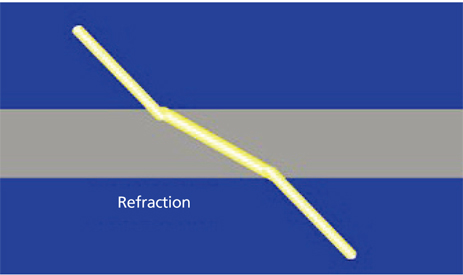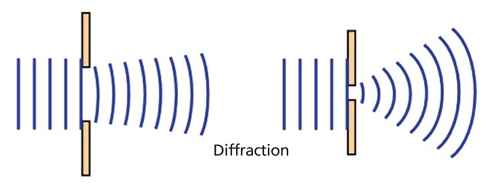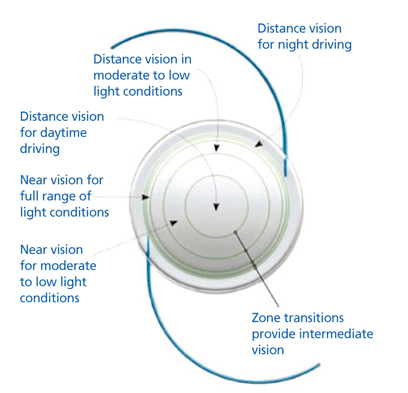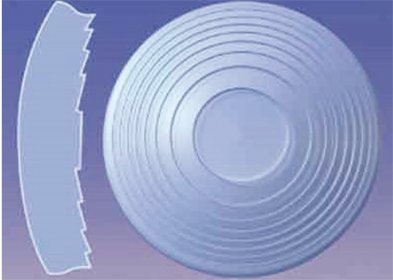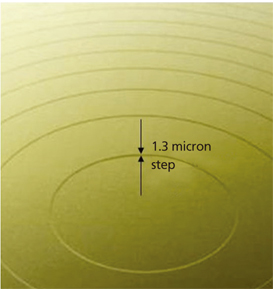J Korean Med Assoc.
2019 Dec;62(12):623-628. 10.5124/jkma.2019.62.12.623.
Surgical treatment of presbyopia II
- Affiliations
-
- 1Department of Ophthalmology, Bucheon St. Mary's Hospital, The Catholic University of Korea College of Medicine, Seoul, Korea. eunchol@hanmail.net
- KMID: 2465356
- DOI: http://doi.org/10.5124/jkma.2019.62.12.623
Abstract
- This review gives an overview of the current multifocal intraocular lenses (IOLs) landscape, in terms of the technology, benefits, and limitations of different premium IOLs, as well as significant clinical outcomes. Cataract is the most common cause of visual impairment in older adults. From 1980, the number of blind and visually impaired people have decreased due to cataract surgery. As the number of surgical procedures increases every year, patient demands have also changed with many patients expecting excellent visual acuity without glasses. Multifocal IOLs can provide spectacle-independence for near, intermediate, and distant vision tasks. Multifocal IOLs can be classified into bifocal, trifocal, and extended depth of focus multifocal IOLs. The ultimate goal of multifocal lenses includes reduced incidence of photic phenomena, and improved uncorrected near, intermediate, and far visual acuities for those working with computers and smartphones, as well as no contrast sensitivity loss. Although some patients have issues with halos and glare, overall patient satisfaction and quality of life are generally high after multifocal IOL implantation. Careful patient selection should be made to satisfy different individual needs.
Keyword
MeSH Terms
Figure
Reference
-
1. Wang SY, Stem MS, Oren G, Shtein R, Lichter PR. Patient-centered and visual quality outcomes of premium cataract surgery: a systematic review. Eur J Ophthalmol. 2017; 27:387–401.
Article2. Sudhir RR, Dey A, Bhattacharrya S, Bahulayan A. AcrySof IQ PanOptix intraocular lens versus extended depth of focus intra-ocular lens and trifocal intraocular lens: a clinical overview. Asia Pac J Ophthalmol (Phila). 2019; 8:335–349.
Article3. Charman WN. Wavefront aberration of the eye: a review. Optom Vis Sci. 1991; 68:574–583.4. Ye M, Bradley A, Thibos LN, Zhang X. The effect of pupil size on chromostereopsis and chromatic diplopia: interaction between the Stiles-Crawford effect and chromatic aberrations. Vision Res. 1992; 32:2121–2128.
Article5. Zhao H, Mainster MA. The effect of chromatic dispersion on pseudophakic optical performance. Br J Ophthalmol. 2007; 91:1225–1229.
Article6. Gallego AA, Bara S, Jaroszewicz Z, Kolodziejczyk A. Visual Strehl performance of IOL designs with extended depth of focus. Optom Vis Sci. 2012; 89:1702–1707.
Article7. Lane SS, Morris M, Nordan L, Packer M, Tarantino N, Wallace RB 3rd. Multifocal intraocular lenses. Ophthalmol Clin North Am. 2006; 19:89–105.8. Lawless M, Hodge C, Reich J, Levitz L, Bhatt UK, McAlinden C, Roberts K, Roberts TV. Visual and refractive outcomes following implantation of a new trifocal intraocular lens. Eye Vis (Lond). 2017; 4:10.
Article9. Xu X, Zhu MM, Zou HD. Refractive versus diffractive multifocal intraocular lenses in cataract surgery: a meta-analysis of randomized controlled trials. J Refract Surg. 2014; 30:634–644.
Article10. Kohnen T, Böhm M, Hemkeppler E, Schönbrunn S, DeLo-renzo N, Petermann K, Herzog M. Visual performance of an extended depth of focus intraocular lens for treatment selection. Eye (Lond). 2019; 33:1556–1563.
Article11. Mesci C, Erbil HH, Olgun A, Aydin N, Candemir B, Akcakaya AA. Differences in contrast sensitivity between monofocal, multifocal and accommodating intraocular lenses: long-term results. Clin Exp Ophthalmol. 2010; 38:768–777.
Article12. Alio JL, Plaza-Puche AB, Fernandez-Buenaga R, Pikkel J, Maldonado M. Multifocal intraocular lenses: an overview. Surv Ophthalmol. 2017; 62:611–634.
Article13. Braga-Mele R, Chang D, Dewey S, Foster G, Henderson BA, Hill W, Hoffman R, Little B, Mamalis N, Oetting T, Serafano D, Talley-Rostov A, Vasavada A, Yoo S. ASCRS Cataract Clinical Committee. Multifocal intraocular lenses: relative indications and contraindications for implantation. J Cataract Refract Surg. 2014; 40:313–322.
Article14. Chung TY. Clinical outcomes of currently available multifocal intraocular lenses. J Korean Med Assoc. 2019; 62:533–539.
Article

